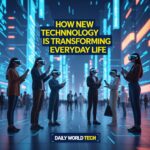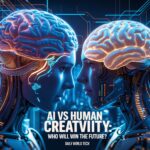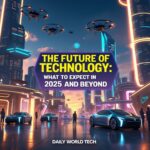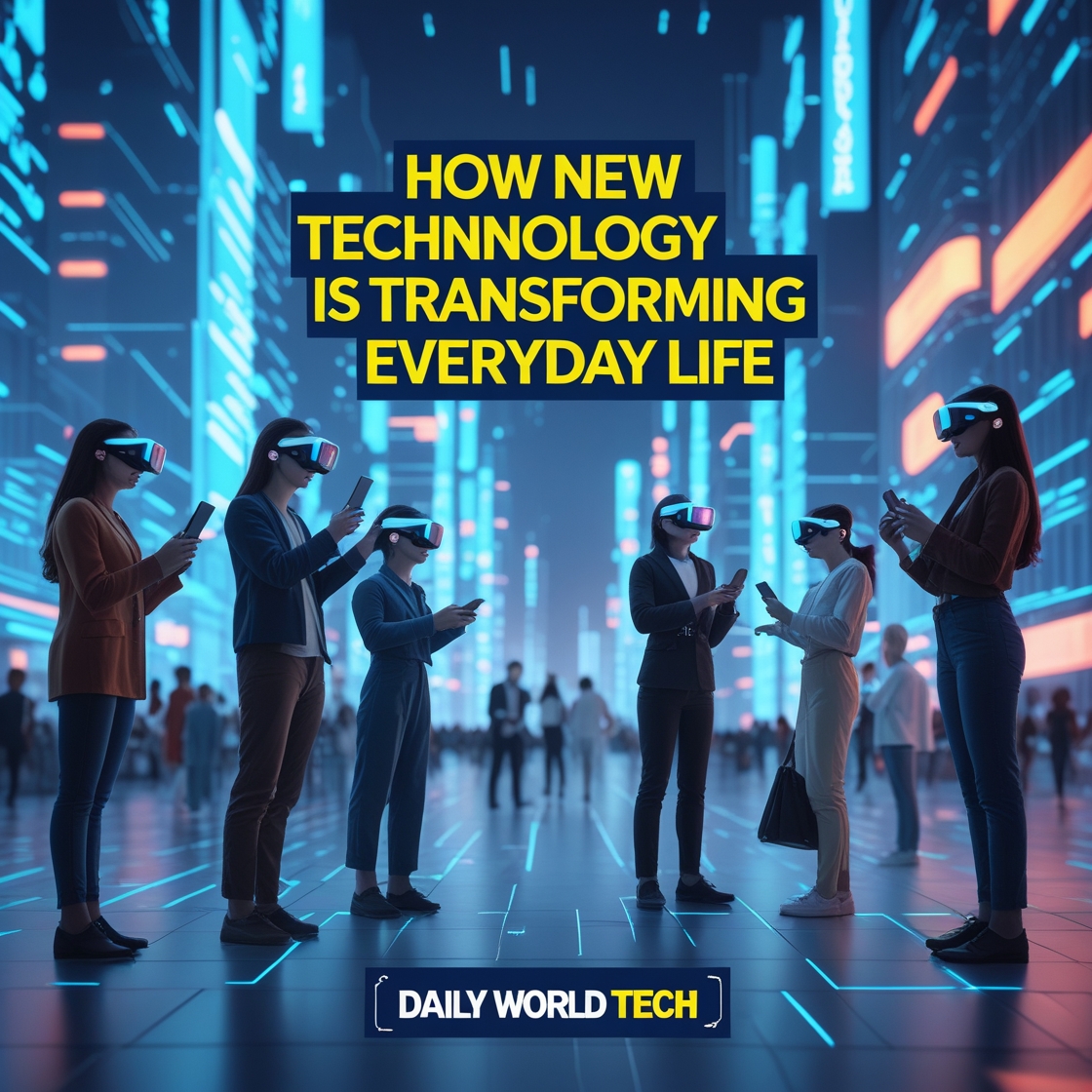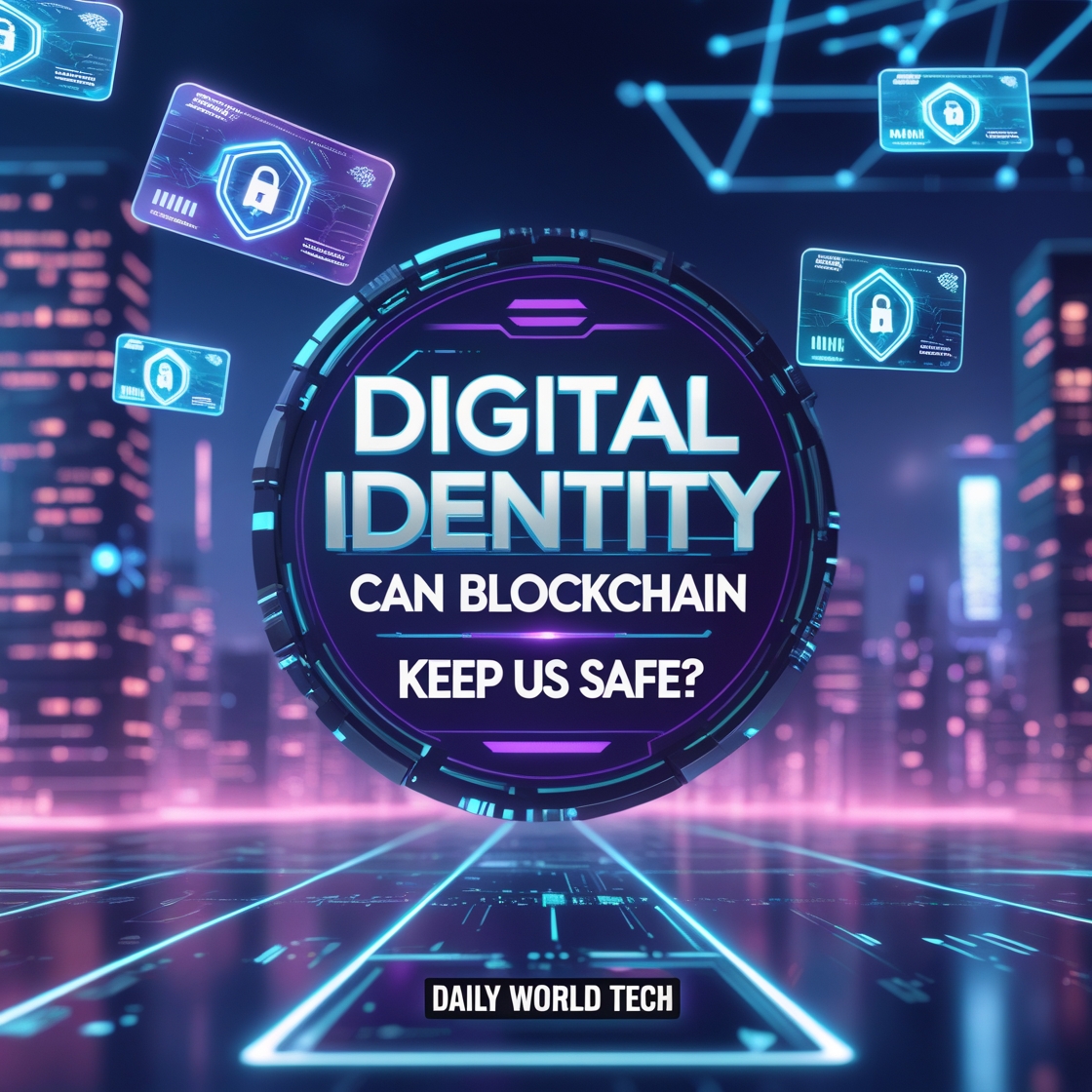Technology has remained the pillar of humanity. Since the beginning of the invention of the wheel to the creation of the internet all the inventions have transformed the way we live, work and also the way we interact with the world. However, in the 21st century, technological change has been at a faster rate than ever witnessed before. The tools, devices and systems that we depend on daily have become so an integral part of our lives that one can hardly imagine how we can do without them.
This blog discusses the changing everyday life due to the emergence of new technology, whether it is communication, health care, shopping, education and even our leisure. At the conclusion, you will find out the extent to which these innovations are transforming not only convenience but the entire human society.
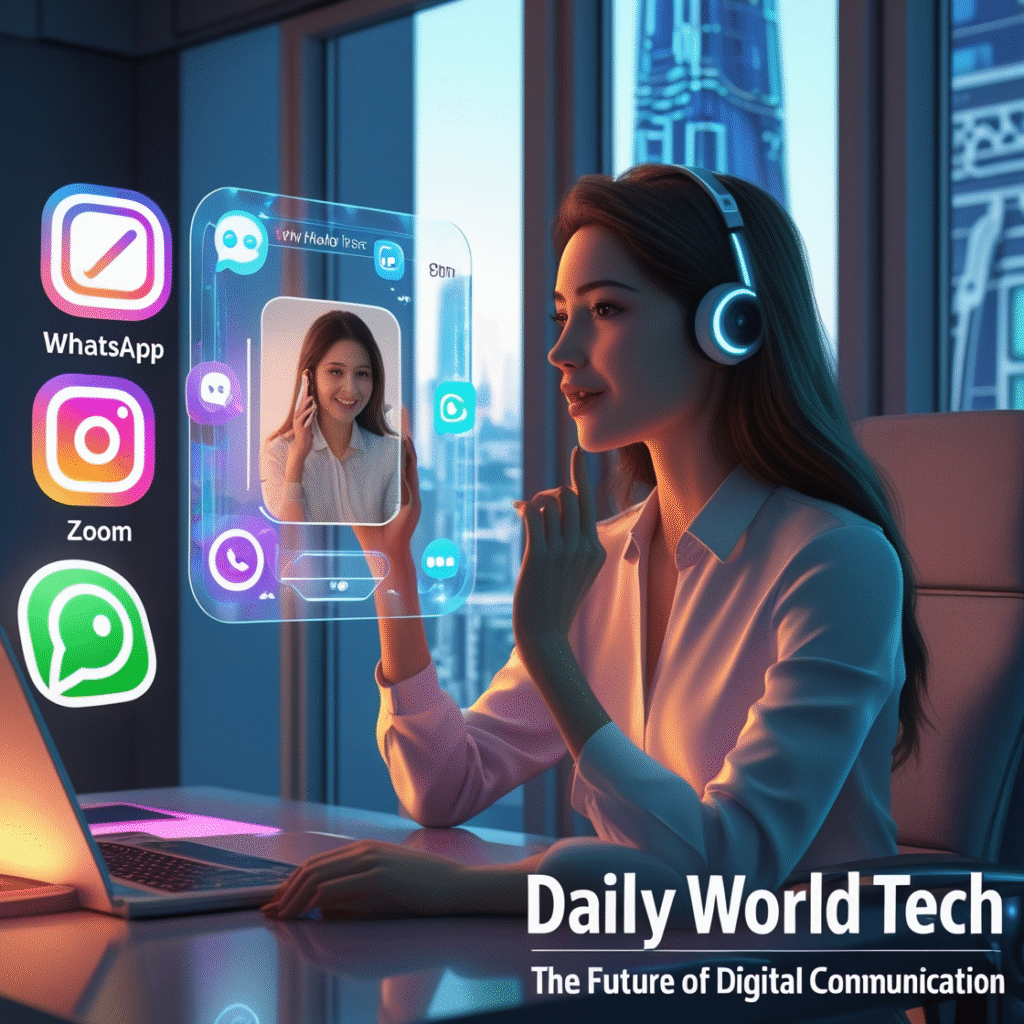
1. Communication in the Digital Age
It is possible that the most visible change that new technology has brought is in the communication arena. Days spent waiting until the letters arrive or spending many hours on the landline phone are behind us. Now the smartphones, instant messaging applications, and video conferencing tools enable individuals to get in touch in real time, regardless of their location.
- Instant Messaging and social media: Texts, voice notes, images, and videos can be sent instantly through such platforms as WhatsApp, Telegram, and Messenger.
- Video Calls: Zoom, Google Meet and FaceTime have made the virtual meeting a standard instead of visiting a business or family on a long trip.
- Global Social Networks: Facebook, Instagram, Tik Tok and X (used to be Twitter) are not only entertainment, but also a potent news, activism, and worldwide awareness.
Individual relationships, business negotiations and even international politics have changed due to this real time connection.
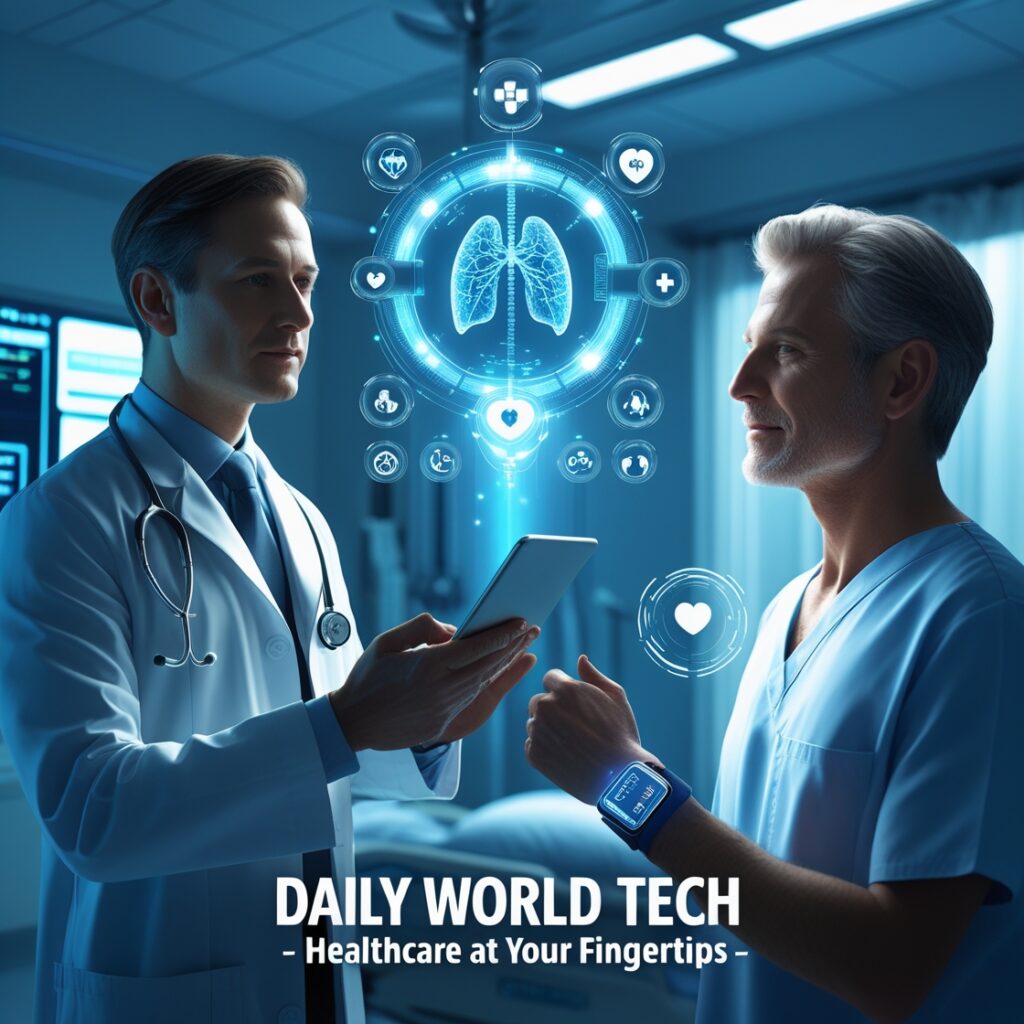
2. Healthcare in Your Fingertip
New technology has been of great benefit in healthcare. Things that were once done in a hospital are now available in the comfort of the home using a smartphone or wearable device.
- Telemedicine: Physicians are now able to see the patient using the video call, which makes healthcare more accessible to remote locations.
- Wearable Devices: Fitbits and smartwatches monitor the heart rate, sleep, calories, and even oxygen levels in the blood.
- AI in Diagnostic: Artificial intelligence is assisting physicians in identifying conditions such as cancer at an earlier and more precise stage.
- Robotic Surgery: Accurate robots are helping the surgeons do the less invasive operations.
To most individuals, this implies that their health is more closely monitored, they are treated faster and live a better life.
3. Work and the Remote Revolution
Technology has redefined the traditional place of work. Remote work technologies became an inseparable element of the business processes and became used more actively due to the COVID-19 pandemic.
- Remote Work Tools: Programs such as Slack, Microsoft Teams, and Trello have enabled workers to collaborate and work anywhere.
- Automation and artificial intelligence: Intelligent software can take over the routine and employees can be assigned to creative and strategic work.
- Cloud computing: This is because businesses do not need huge on-site servers anymore, cloud computing systems such as Amazon Web Services, Google Cloud, and Azure are available and can provide storage and processing capabilities on-demand.
This is more flexibility to the worker but also poses new challenges such as balance of work-life boundaries.
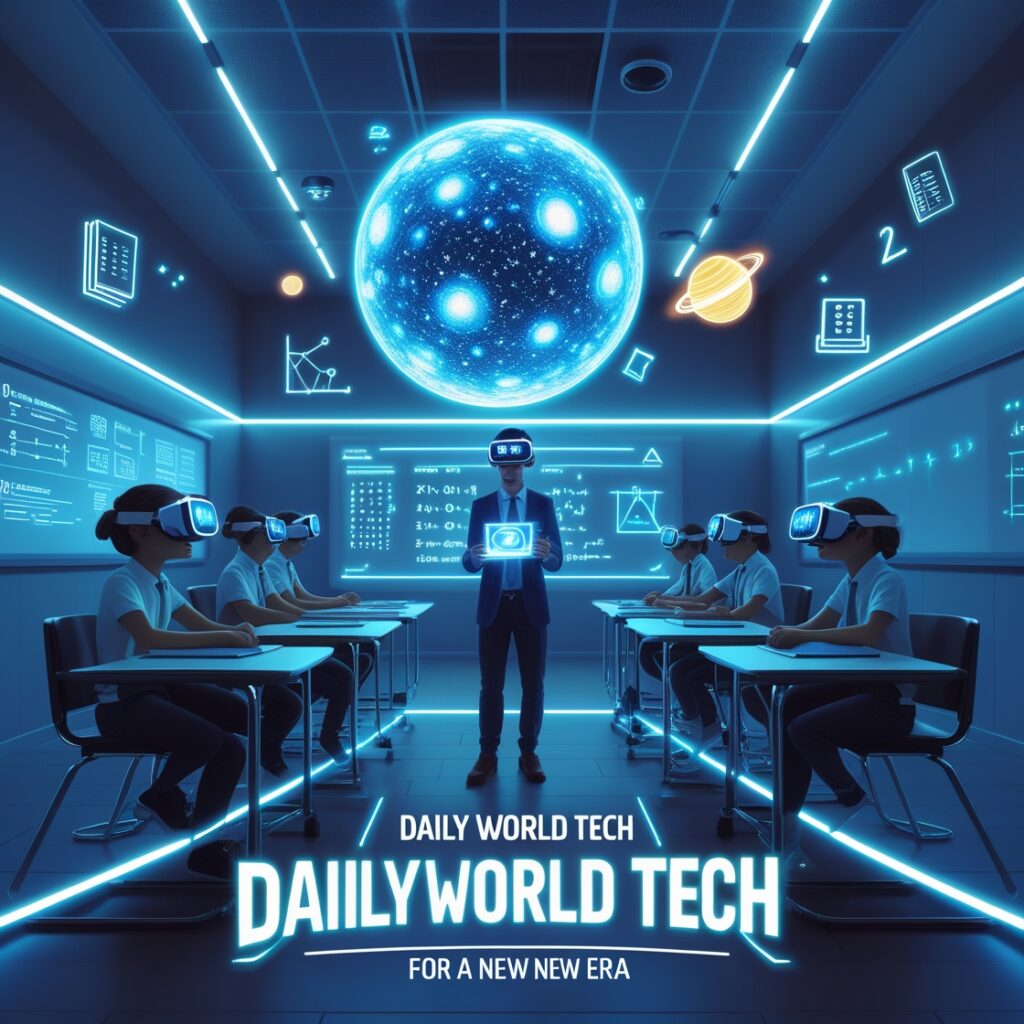
4. Education in the Digital Era
Learning has also been digitalised. Technology has created opportunities to those people who lacked access to quality education.
- Other platforms: E-learning websites such as Coursera, Udemy, and Khan Academy will provide access to courses on almost any topic you can think of.
- Virtual Classrooms: Google Classroom and Zoom allow students and teachers to communicate in real-time no matter where they are located on the planet.
- AI Tutors: Chatbots and Artificial Intelligence applications assist students in solving tasks, language exercises, and preparations.
- VR and AR in Education: Virtual reality and augmented reality are offering the best experience in lessons about history, science, and art like a textbook would never allow.
Education is no longer a classroom activity, it is global, accessible and in most cases more involving.
5. Digital World Entertainment
Technology has caused a drastic change in entertainment. We used to have to sit down in front of television at a certain time, or go to theaters and watch movies, but the streaming sites provide us more content to watch on-demand and endlessly.
- Streaming Services: Film, television, and music can be delivered to customers 24/7 by Netflix, Disney+ and Spotify.
- Gaming: The gaming market has gone through the roof with real life graphics, virtual reality headsets and MUDs.
- Social media as Entertainment: Tik Tok, YouTube, Instagram reels are keeping up millions of people busy all day long.
- Immersive Experiences: AR and VR enable users to walk in movies or games and this way, the boundary between the real and imaginary worlds is erased.
Entertainment has been personalized, it has become more interactive and is constantly available at the touch of the button.
6. E-Commerce E-Shopping
Online platforms have changed the shopping habits. It is now impossible to visit the mall to do what could be done in a few minutes on a smartphone.
- E-Commerce Giants: Amazon, Alibaba, and eBay can offer almost everything a customer may desire.
- No Cash Payments: PayPal, Apple Pay or Google Pay are the digital wallets that are faster and safer to use.
- AI Recommendations: Online stores are using AI to recommend products based on the preferences of a buyer.
- Augmented Reality Shopping: Furniture stores such as IKEA allow you to see what something would look like in your house before you buy it.
This has transformed retail into an all-day and all-night kind of experience which can be accessed anywhere.
7. Smart Mobility and Transportation
The other area that technology is transforming is transportation. Travel is being faster, cleaner and efficient through innovations.
- Countries, such as Tesla, Rivian, and other companies working with fossil fuels, are turning electric cars into a major automobile trend.
- Ride-Sharing Apps: Uber, Lyft, and Bolt have substituted the taxi services in most cities.
- Smart Traffic Systems: AI-based traffic lights and navigation applications minimize the congestion and the travel time.
- Future Innovations: Hyperloop, flying taxis, and autonomous cars are even more innovations that will bring even greater changes in the next decades.
This does not only simplify the commuting but also solves the issue of climate change by cutting down carbon emissions.
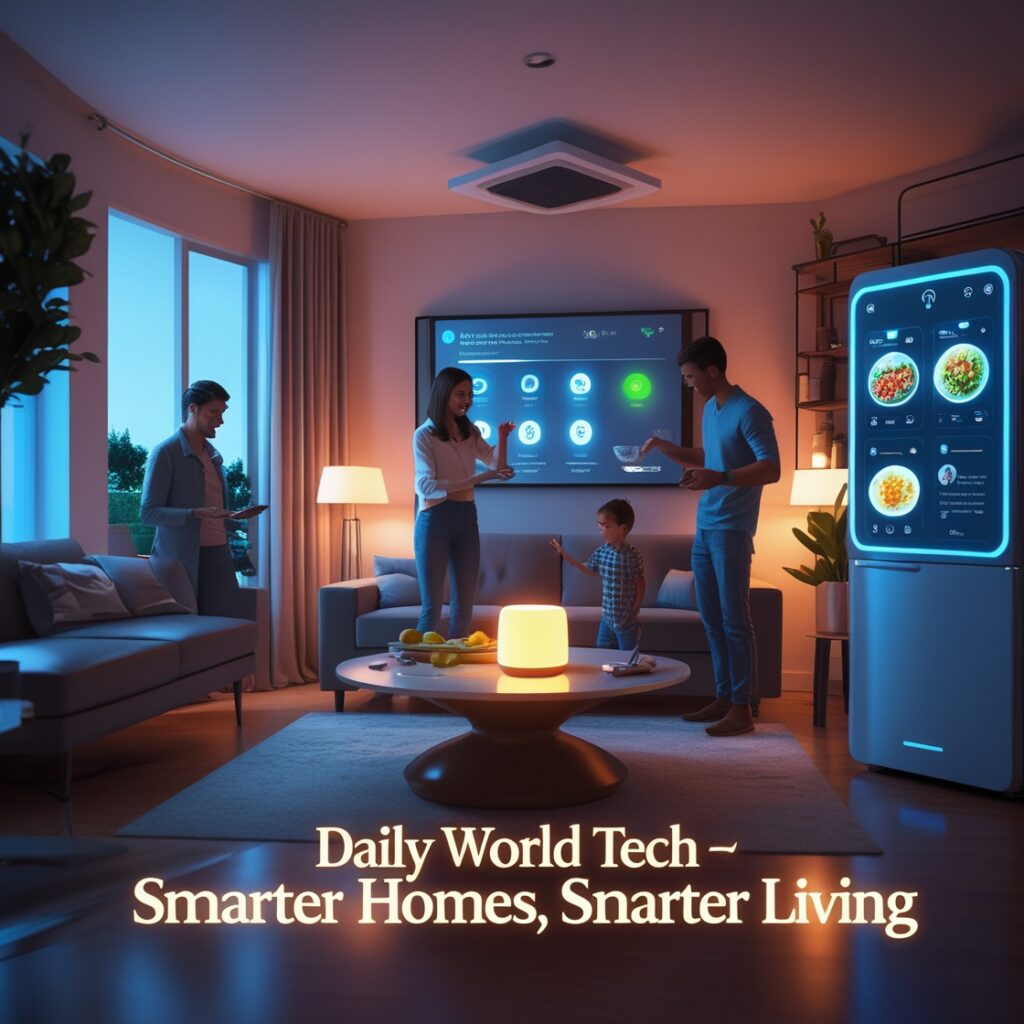
8. Smart Homes and IoT (Internet of things)
The idea of the smart home is not a fiction anymore. The gadgets have become interconnected to render homes safer, more energy efficient and comfortable.
- Voice Assistants: Amazon Alexa, Google Assistant, and Siri by Apple control the lights and shopping lists.
- Smart Appliances: Fridges which propose recipes, washing machines which change automatically and thermostats which get to know your tastes.
- Home Security: Smart cameras and alarms which can be checked on straight through smartphone.
- Energy Efficiency: IoT-based devices contribute to energy-saving and decreased billing.
We are moving to customized ecosystems in our living quarters, which has technology working in the background.
9. Money Management and Financial Technology (FinTech)
Financial technology has made money management a little less complex. Technology is radically changing the way we handle money whether it is saving, investing or borrowing.
- Digital Banking: Mobile applications make accounts, transfers, and payments 24/7 accessible.
- Cryptocurrency & Blockchain: Bitcoin, Ethereum, and other digital currencies are developing a new financial landscape.
- Robo-Advisors: The automated investment platforms assisted people in building their wealth without intense financial knowledge.
- Buy Now, Pay Later (BNPL): Buyer purchasing behavior is being transformed by services such as Klarna and Afterpay.
Reaching more people has been made possible by technology which has democratized finance and has made more people access more tools that were previously used by professionals.
10. The Difficulties of Technological Change
As much as the advantages are massive, there are also the challenges associated with the emergence of new technology, which society has to cope with.
- Privacy Concerns: Cybersecurity and privacy are always on the priority list with such a large amount of personal data on the Internet.
- Job Displacement: Automation is a threat to the traditional jobs, which forces the development of new skills.
- Digital Divide: Not all people gain access to new technology equally thus creating inequality.
- Mental Health: On the one hand, obsessive use of the Internet may lead to stress, anxiety, and diminished attention capacity.
One of the greatest challenges of our time will be to balance innovation and ethical use.
Conclusion: Technology as the New Reality
New technology is no longer something that is a tool, it is something that is inseparable to our everyday living. Technology influences almost all areas of life such as the way we talk, the way we shop, the way we learn, the way we travel and even the way we treat our health. Even more changes are expected in the future, as artificial intelligence, biotechnology, and quantum computing will make the limits even more distant.
But there is a price that comes with these opportunities. People, governments, and societies should be educated how to apply technology in a way that does not subtract any fundamental values of life such as privacy, equality and human relationship.
It is not merely that in everyday life new technology is taking shapes and forms of new dimensions, but that it is redefining everyday life.



